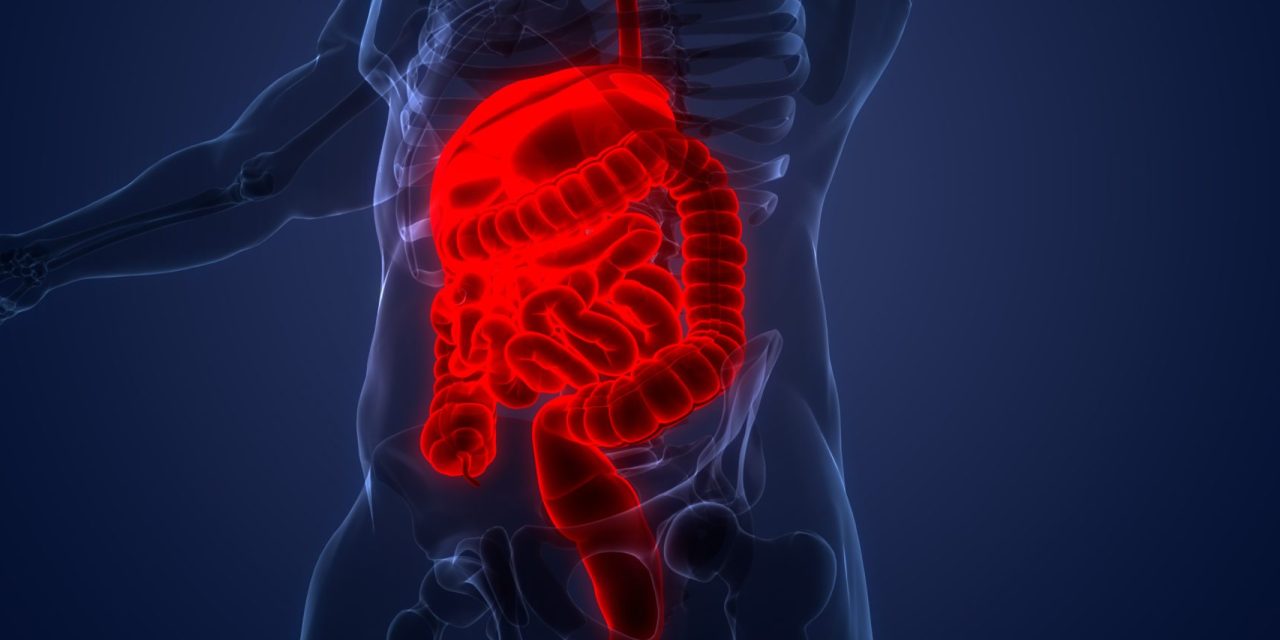Biliary atresia (BA) is a mysterious condition. A greater understanding of its pathogenesis might aid in the development of more effective therapies. SOX9 affects bile duct growth, liver regeneration, and fibrosis; hence, it may be a factor in determining BA liver damage. For a study, researchers sought to determine if there was a SOX9 expression pattern in liver biopsies from patients with BA. The researchers analyzed liver samples from patients with BA (group BA), age-matched babies without the primary hepatic disease (group Control), and patients with other liver diseases (group OLC). SOX9 expression was examined for the following factors: quantity, the strength of immunoreaction, and location within ductular structures, profibrotic epithelial cells, and lobular cells. The scores were summed together to provide a scale ranging from 0 to 11, allowing for group comparison.
All patients with BA received a score of greater than 4, whereas all controls received a score of 4. OLC livers received a score of 1 to 8 (3.5+ 2.0) (P<0.001 amongst all groups). A cut-off of 4 had 100% sensitivity and 88.24% specificity in distinguishing BA from controls and OLC (area under the receiver operating characteristic curve: 0.9989 (95% CI: 0.9964–1.000). SOX9 was shown to be highly expressed in the nuclei of proliferating ductules in portal spaces and fibrotic bridges. In the investigation, the SOX9 Scale score was not associated with liver survival.
SOX9 is primarily expressed in the reactive ductular epithelium in BA livers, in a pattern distinct from that found in non-BA patients; consequently, the SOX9 Scale may have a role in the diagnosis of BA.
Reference:journals.lww.com/jpgn/Abstract/2022/02000/Expression_of_Protein_SOX9_in_Biliary_Atresia.7.aspx


